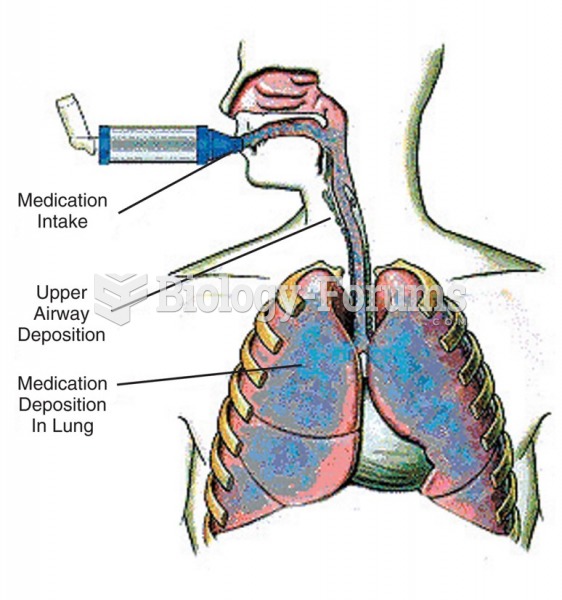Answer to Question 1
Correct Answer: 1
Rationale 1: Metoprolol is a selective beta1-adrenergic blocker that blocks beta1 receptors in the cardiac tissue only. Since it does not affect the receptors in the lungs, there is less possibility of bronchospasm.
Rationale 2: Propranolol is a nonselective beta-adrenergic blocker; hence, it is contraindicated in asthma or COPD, since it can cause bronchospasm by its action on the beta2 receptors in the lungs.
Rationale 3: Sotalol is a nonselective beta-adrenergic blocker, so it is contraindicated for asthma or COPD, since it can cause bronchospasm by its action on the beta2 receptors in the lungs.
Rationale 4: Nadolol is a nonselective beta-adrenergic blocker, so it is contraindicated in asthma or COPD, since it can cause bronchospasm by its action on the beta2 receptors in the lungs.
Global Rationale: Metoprolol is a selective beta1-adrenergic blocker that blocks beta1 receptors in the cardiac tissue only. Since it does not affect the receptors in the lungs, there is less possibility of bronchospasm. Propranolol, sotaol, and nadolol are all nonselective beta-adrenergic blockers. They are contraindicated in asthma or COPD, since they can cause bronchospasm by their action on the beta2 receptors in the lungs.
Answer to Question 2
Correct Answer: 3
Rationale 1: Extreme weight loss does not occur with abrupt withdrawal of propranolol (Inderal).
Rationale 2: Increase in blood glucose levels is not seen with abrupt withdrawal of propranolol (Inderal).
Rationale 3: Beta blockers should be withdrawn gradually over several weeks. If withdrawn abruptly, the heart displays hypersensitivity to catecholamines, and sweating, palpitations, headache, and tremulousness can occur. This phenomenon is called rebound cardiac excitation. Clients with coronary artery disease might experience a worsening of angina symptoms, and MIs have been recorded in some clients.
Rationale 4: Insomnia is not seen with abrupt withdrawal of propranolol (Inderal).
Global Rationale: Beta blockers should be withdrawn gradually over several weeks. If withdrawn abruptly, the heart displays hypersensitivity to catecholamines, and sweating, palpitations, headache, and tremulousness can occur. This phenomenon is called rebound cardiac excitation. Clients with coronary artery disease might experience a worsening of angina symptoms, and MIs have been recorded in some clients. Extreme weight loss, an increased in blood glucose levels, and insomnia do not occur with abrupt withdrawal of propranolol (Inderal).







